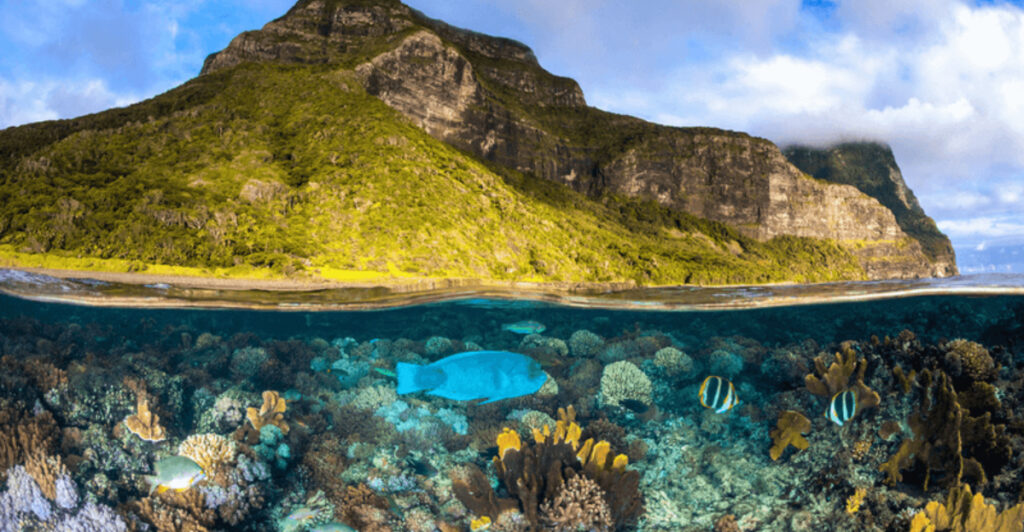Ever dreamed of escaping to a pristine island where your footprints might be the only ones on the beach? While famous destinations like Bali and the Maldives attract millions of tourists yearly, our planet still guards some extraordinary secret paradises. These hidden gems offer authentic experiences without the crowds and commercialization. Pack your sense of adventure as we explore 15 spectacular island escapes that remain wonderfully under the radar.
1. Gili Meno, Indonesia
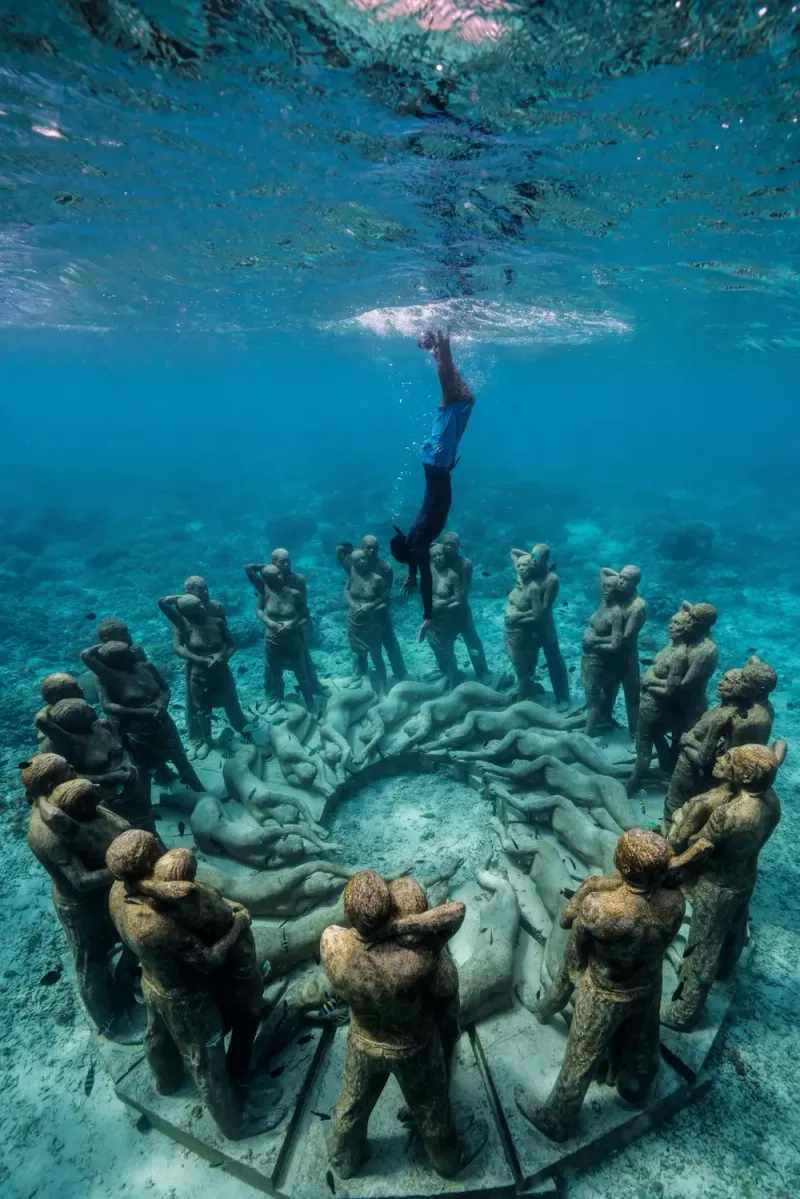
Sandwiched between its more famous neighbors, Gili Meno remains the shy middle child of Indonesia’s Gili Islands. Locals call it the ‘Honeymoon Island’ for its peaceful atmosphere and pristine beaches.
Walking the entire island takes just 90 minutes, revealing stretches of untouched white sand and crystal-clear waters. No motorized vehicles are allowed – only bicycles and horse carts disturb the tranquility.
The underwater sculpture garden by artist Jason deCaires Taylor has become Meno’s unexpected highlight, where concrete figures stand in silent meditation on the ocean floor, gradually transforming into artificial reefs that shelter vibrant marine life.
2. Providencia, Colombia

Caribbean beauty without Caribbean crowds? Providencia delivers exactly that. This Colombian island sits closer to Nicaragua than mainland Colombia, creating a unique cultural blend with English-Creole-speaking locals and reggae rhythms floating through the air.
The island’s protective barrier reef – the third largest on earth – creates a kaleidoscope sea of seven colors. From deep blue to vibrant turquoise, the waters shift dramatically as you gaze across the horizon.
Pirates once used this remote outpost as their hideaway, with remnants of their presence still visible at Fort Warwick. The island’s isolation (no direct international flights) has preserved its authentic charm and pristine environment.
3. Ikaria, Greece
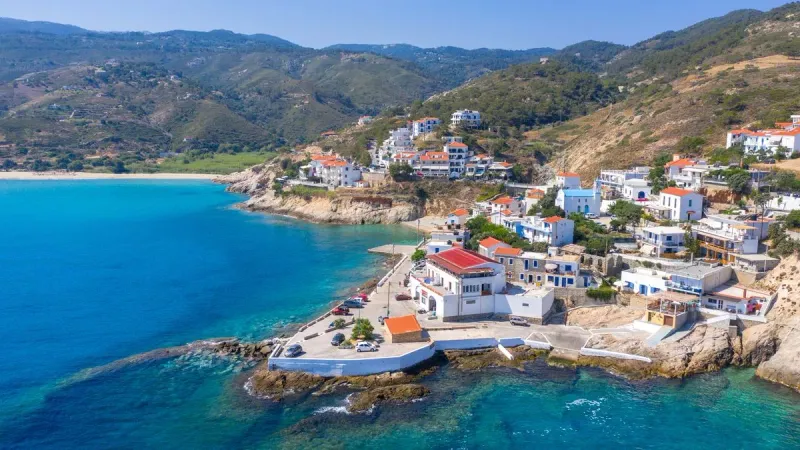
While tourists flock to Santorini and Mykonos, Ikaria quietly harbors one of the world’s longest-living populations. This rugged Aegean island doesn’t flaunt picture-perfect villages – instead, it offers something more valuable: time itself.
Named after mythological Icarus who fell into nearby waters, Ikaria embraces a laid-back pace where afternoon naps are sacred and shops open according to the owner’s whims. The island’s natural hot springs at Therma have attracted wellness seekers for centuries.
Mountain villages come alive at night with impromptu panygiria (festivals) where locals dance until dawn, then head straight to work – perhaps one secret to their legendary longevity that has fascinated researchers worldwide.
4. Rodrigues, Mauritius
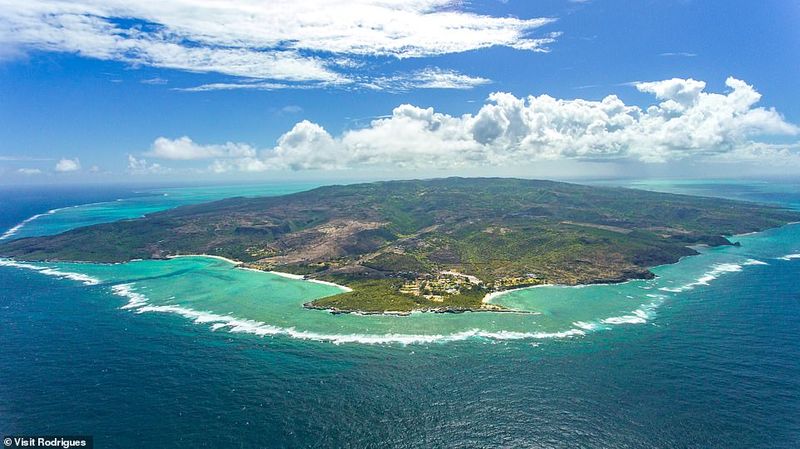
A speck in the Indian Ocean 350 miles east of Mauritius, Rodrigues operates on ‘Rodrigues time’ – where rushing is considered poor manners. The island’s 40,000 residents maintain traditions that disappeared generations ago on more developed islands.
Fishermen still use traditional methods, wading into shallow lagoons with nets at low tide. Women craft intricate baskets from vacoa leaves using techniques passed down through centuries. Surrounded by the world’s largest lagoon, Rodrigues offers pristine diving without the need for boats.
French and Creole influences blend in the local cuisine, featuring octopus curry and coconut cakes that reveal the island’s multicultural heritage. Visit during the Cavadee festival to witness Hindu devotees performing remarkable feats of faith.
5. Iles des Saintes, Guadeloupe
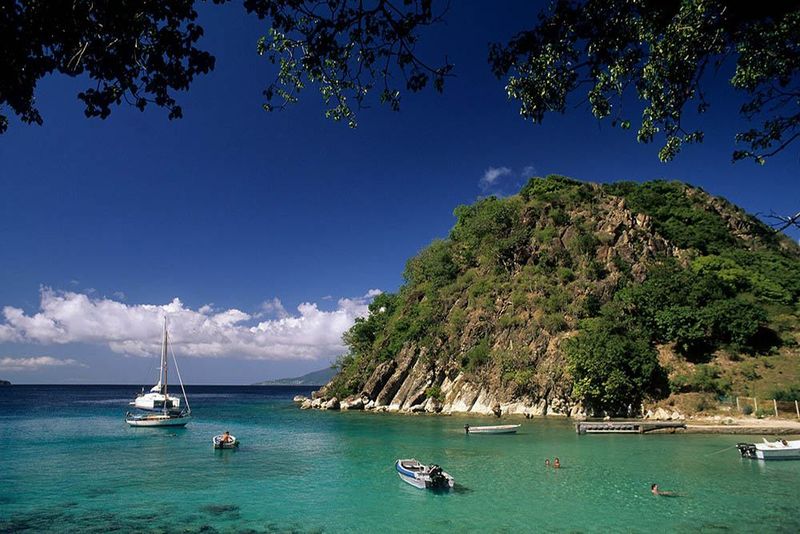
French elegance meets Caribbean relaxation on this archipelago of eight tiny islands. Only two are inhabited, with Terre-de-Haut being the main destination for visitors seeking an authentic slice of France in tropical surroundings.
Pain de Sucre beach nestles beneath a volcanic outcrop, creating one of the Caribbean’s most dramatic swimming spots. The clear waters reveal colorful fish darting between your legs without needing snorkel gear. Locals still speak a distinct Norman-influenced French dialect and maintain fishing as their primary livelihood.
The island’s signature dessert – tourment d’amour (torment of love) – consists of small tarts with coconut, banana or guava filling. Legend claims they were created by women awaiting sailors’ safe return from sea.
6. Faroe Islands, Denmark
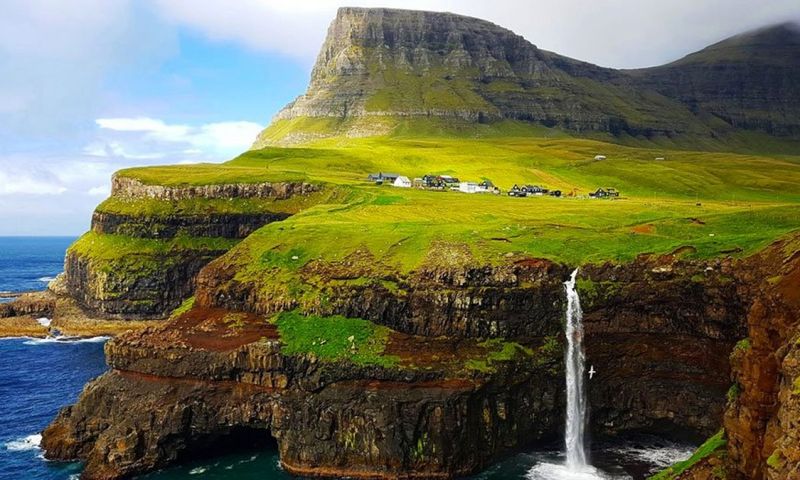
Not all paradise islands feature palm trees and tropical heat. The Faroes offer a different kind of island escape – one where dramatic cliffs plunge into churning Atlantic waters and puffins outnumber people. This autonomous Danish territory consists of 18 volcanic islands between Iceland and Norway.
Villages of grass-roofed houses cling to mountainsides, looking unchanged since Viking times. The islands experience all four seasons in a single day, with sudden fog giving way to brilliant sunshine minutes later. Sheep roam freely across the landscapes, outnumbering humans nearly 2:1.
Koks, the islands’ first Michelin-starred restaurant, showcases ancient food preservation techniques like fermentation and wind-drying in thoroughly modern presentations that have put this remote archipelago on the culinary map.
7. Chole Island, Tanzania
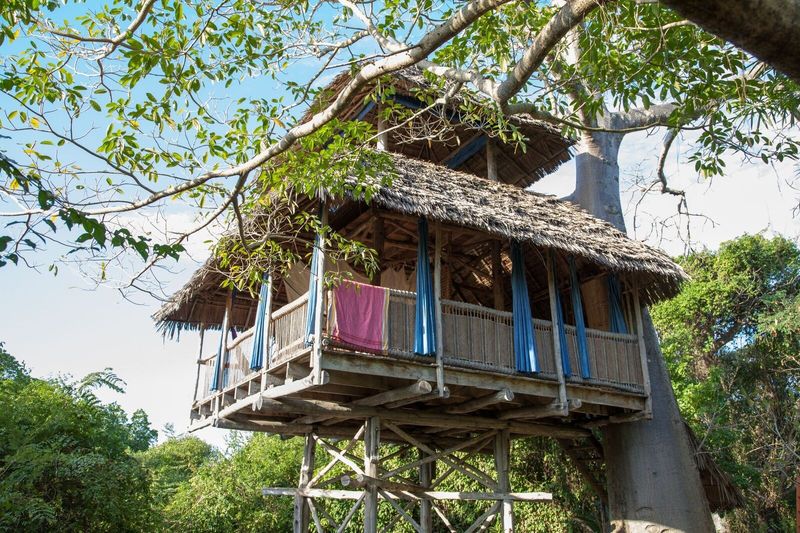
Measuring less than one square kilometer, tiny Chole Island packs cultural richness into its modest footprint. Located in Tanzania’s Mafia Archipelago, this car-free haven represents authentic Swahili coastal life untouched by mass tourism.
Ancient baobab trees dominate the landscape, with one massive hollow trunk housing a bar where locals gather. The island’s eco-lodge was built entirely in the trees, creating accommodation that blends seamlessly with the environment. Visitors can watch traditional dhow boats being handcrafted using techniques unchanged for centuries.
Between October and March, whale sharks frequent the surrounding waters, allowing snorkelers to swim alongside these gentle giants. The island’s community-run conservation projects protect both marine environments and cultural heritage through sustainable tourism initiatives.
8. Ulleungdo, South Korea
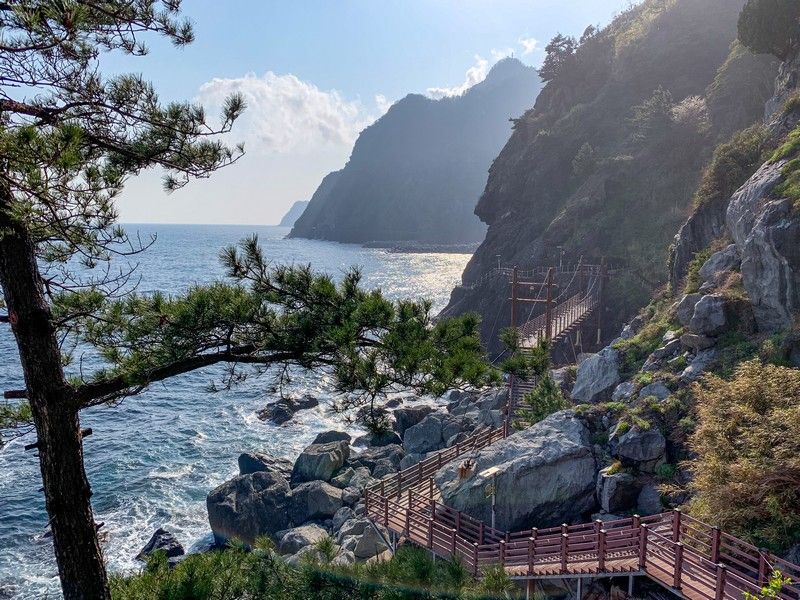
Rising dramatically from the Sea of Japan, Ulleungdo’s volcanic silhouette hides one of Asia’s best-kept island secrets. South Koreans treasure this remote outpost for its untamed landscapes and exceptional seafood, yet international visitors remain rare.
The island’s interior features dense forests of ancient trees, some over 800 years old. Hiking trails lead to viewpoints where Japan’s disputed Dokdo islets appear on clear days. Squid dominates local cuisine – hanging everywhere to dry – creating distinctive silhouettes against the island’s rugged backdrop.
With no sandy beaches or typical resort amenities, Ulleungdo attracts travelers seeking authentic experiences. The island produces unique specialties including wild mountain garlic, bracken ferns, and pungent fermented squid that feature prominently in local restaurants.
9. Pemba Island, Zanzibar

While neighboring Zanzibar draws tourists by the thousands, Pemba Island remains delightfully untrampled. Known as ‘The Green Island’ for its lush clove plantations that produce most of the world’s supply, Pemba’s fertile landscape contrasts dramatically with Zanzibar’s sandy plains.
Ancient forests harbor endemic species found nowhere else, including the Pemba flying fox – a massive fruit bat with a three-foot wingspan that soars between trees at dusk. The surrounding waters contain some of East Africa’s healthiest coral reefs, with vertical underwater walls dropping hundreds of feet into the depths.
Local spiritual beliefs remain strong, with traditional healers using the island’s botanical riches for medicine. Many residents believe in Pemba’s reputation as a center for traditional magic, adding a mystical dimension to this already enchanting island.
10. Andaman Islands, India
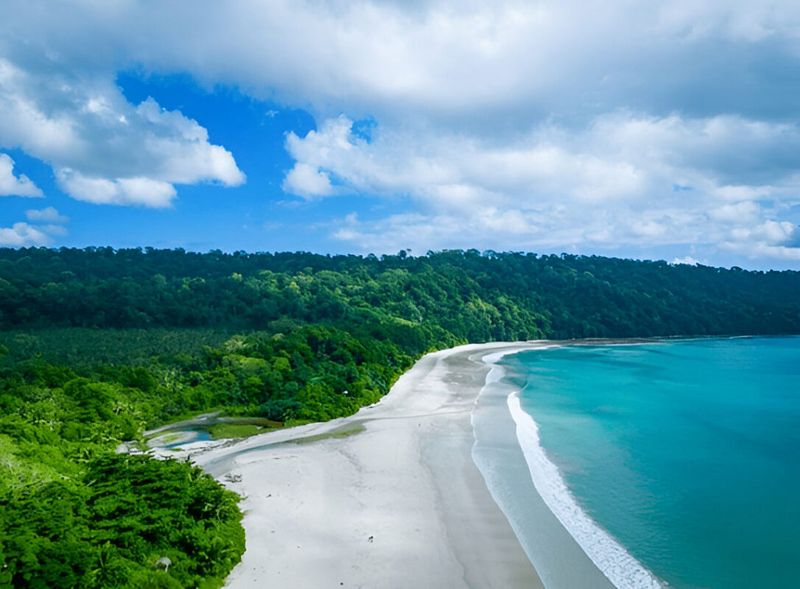
The Andaman archipelago hovers between India and Thailand, yet belongs culturally to neither. These islands host some of Earth’s last uncontacted tribes alongside breathtaking beaches that rival any in Southeast Asia – without the crowds.
Havelock Island (officially renamed Swaraj Dweep) offers the perfect introduction with its famous Radhanagar Beach – a sunset-watching spot of unparalleled beauty. The islands’ remote location has preserved extraordinary marine biodiversity, including dugongs, saltwater crocodiles, and nesting sea turtles.
The archipelago’s complex history includes being a British penal colony, with the infamous Cellular Jail standing as a somber reminder of India’s independence struggle. Today, the islands balance tourism development with protecting their unique ecosystems and indigenous communities.
11. Ibo Island, Mozambique
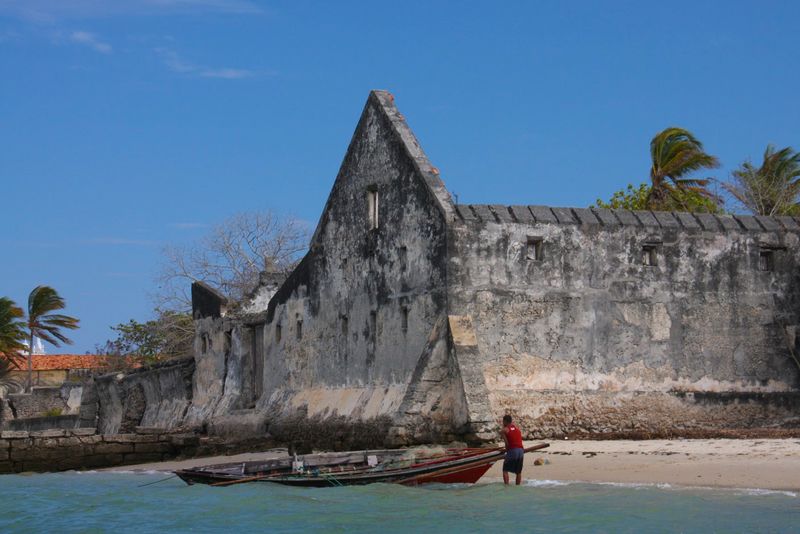
Time stands magnificently still on Ibo Island, where crumbling Portuguese colonial buildings whisper stories of a tumultuous past. Part of Mozambique’s Quirimbas Archipelago, this former trading post once dealt in everything from ivory to enslaved people.
Today, silversmiths create intricate jewelry using techniques passed down since the 18th century, working cross-legged on verandas of decaying mansions. Massive baobab trees push through abandoned structures, reclaiming spaces where history unfolded. Tidal patterns dictate daily life, with entire sandbanks appearing and disappearing with the moon’s rhythm.
The island’s stone town reveals layers of African, Arab, and European influences in its architecture and culture. Muslim prayer calls blend with the sounds of traditional Kimwani music, creating a cultural tapestry as rich as the coral reefs surrounding this forgotten outpost.
12. Con Dao Islands, Vietnam
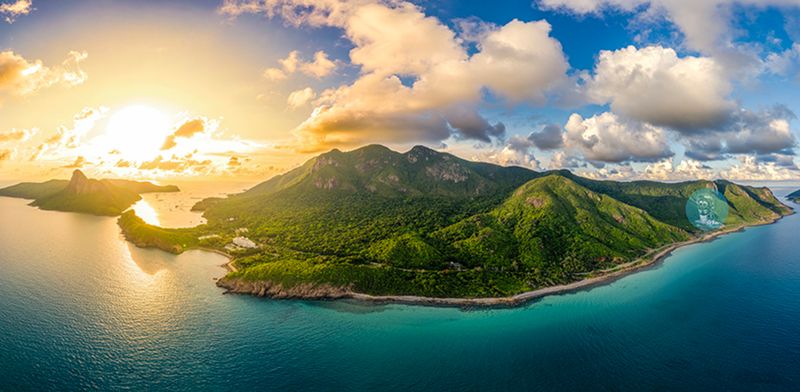
Once known as ‘Devil’s Island’ for its notorious French colonial prison, Con Dao has transformed from hell to heaven while maintaining a haunting historical resonance. Located off Vietnam’s southern coast, this archipelago of 16 islands offers Vietnam’s best beaches without the development seen elsewhere.
Sea turtles nest on protected shores between May and October, with conservation programs allowing visitors to witness hatchling releases. The islands’ isolation has preserved both marine life and atmospheric French colonial architecture in the main town.
Hiking trails through pristine forests reveal endemic species like the black giant squirrel and the rare Con Dao bow-fingered gecko. The islands’ dark past as a prison for Vietnamese revolutionaries is preserved at several memorial sites, creating a destination that balances natural beauty with historical significance.
13. Lord Howe Island, Australia
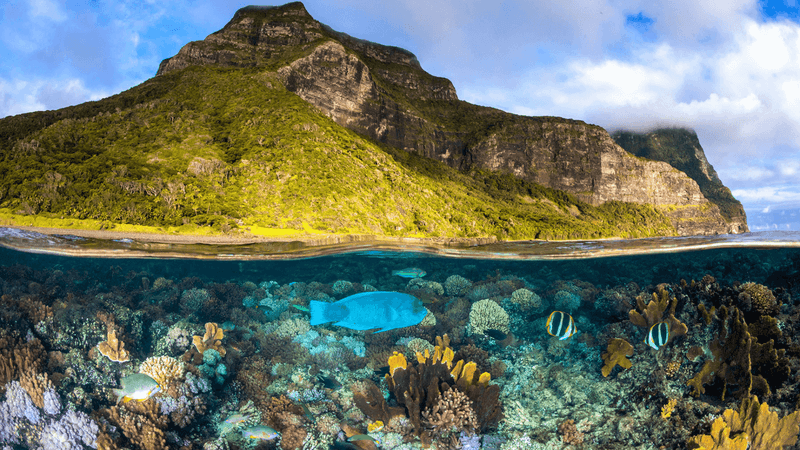
Rising dramatically from the Tasman Sea, Lord Howe Island looks like something from a lost world – which essentially it is. With visitor numbers strictly limited to 400 at any time, this crescent-shaped paradise offers exclusivity through conservation rather than high prices.
The island’s twin peaks – Mount Gower and Mount Lidgbird – create one of the South Pacific’s most dramatic landscapes. The world’s southernmost coral reef surrounds crystal waters where over 500 fish species thrive alongside rare coral formations. Ninety percent of the island remains undeveloped, preserving habitat for species found nowhere else.
Locals travel by bicycle on car-free roads, and many descendants of the original settlers from the 1830s still call the island home. The endemic Lord Howe Island stick insect – once thought extinct – was rediscovered on a nearby sea stack in 2001.
14. Sark, Channel Islands

Medieval meets magical on Sark, Europe’s last feudal state until 2008 and the world’s first Dark Sky Island. Located between England and France but belonging to neither, this car-free haven transports visitors to a gentler era where horse-drawn carriages and bicycles provide the only transportation.
The island’s dramatic coastline features La Coupée – a narrow isthmus with 300-foot drops on either side connecting Sark to Little Sark. Without streetlights, the night sky explodes with stars visible to the naked eye, drawing astronomers and romantics alike.
Sark’s independent spirit shows in everything from its locally-minted currency to its parliament (called Chief Pleas). The 500-odd residents maintain centuries-old traditions including the annual Sheep Race, where sheep with toy jockeys strapped to their backs race down the main street.
15. Ogasawara Islands, Japan
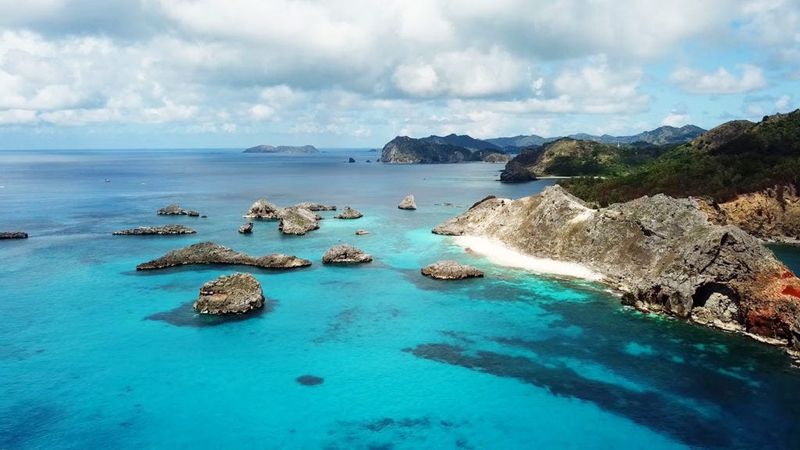
Known as the ‘Galapagos of the East,’ the Ogasawara archipelago lies 620 miles south of Tokyo yet feels worlds away from Japan’s urban centers. So remote that they’re reached only by a 24-hour ferry ride, these islands were never connected to any continent, creating unique evolutionary conditions.
Nearly 40% of plant species and 95% of snail species found here exist nowhere else on Earth. The islands’ isolation has preserved both natural wonders and a distinctive culture blending Japanese, European, and Micronesian influences from early settlers.
Dolphins swim alongside boats year-round, while humpback whales breed in the protected waters from December to May. Beaches remain refreshingly undeveloped, with Minamijima’s natural limestone arch and turquoise lagoon standing among Japan’s most spectacular yet least-visited natural attractions.
16. Palawan’s Cuyo Archipelago, Philippines
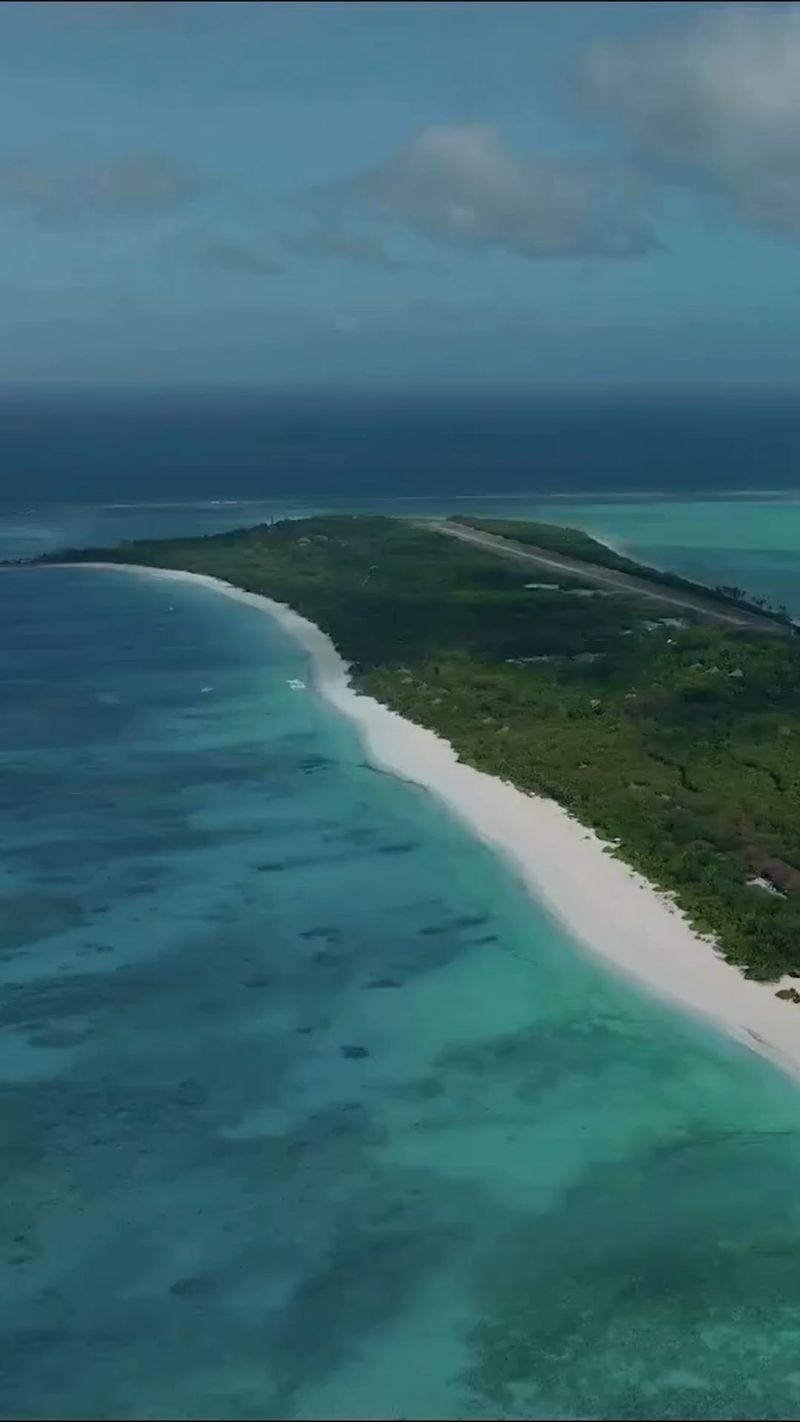
While Palawan itself has gained fame, its northern Cuyo Archipelago remains gloriously overlooked. These 45 scattered islands offer the Philippines as they once were – before tourism transformed places like Boracay and El Nido.
Great Cuyo Island centers the archipelago with its Spanish fortress church and traditional homes built from coral stone. Kitesurfers recently discovered the perfect wind conditions here, but development remains minimal with just a handful of family-run guesthouses. The surrounding waters host some of Asia’s most diverse marine ecosystems.
Island-hopping reveals beaches where your footprints might be the first of the day. Local fishermen still use traditional methods, and the night markets serve freshly caught seafood prepared according to recipes passed through generations, often incorporating the archipelago’s famous cashew nuts.

